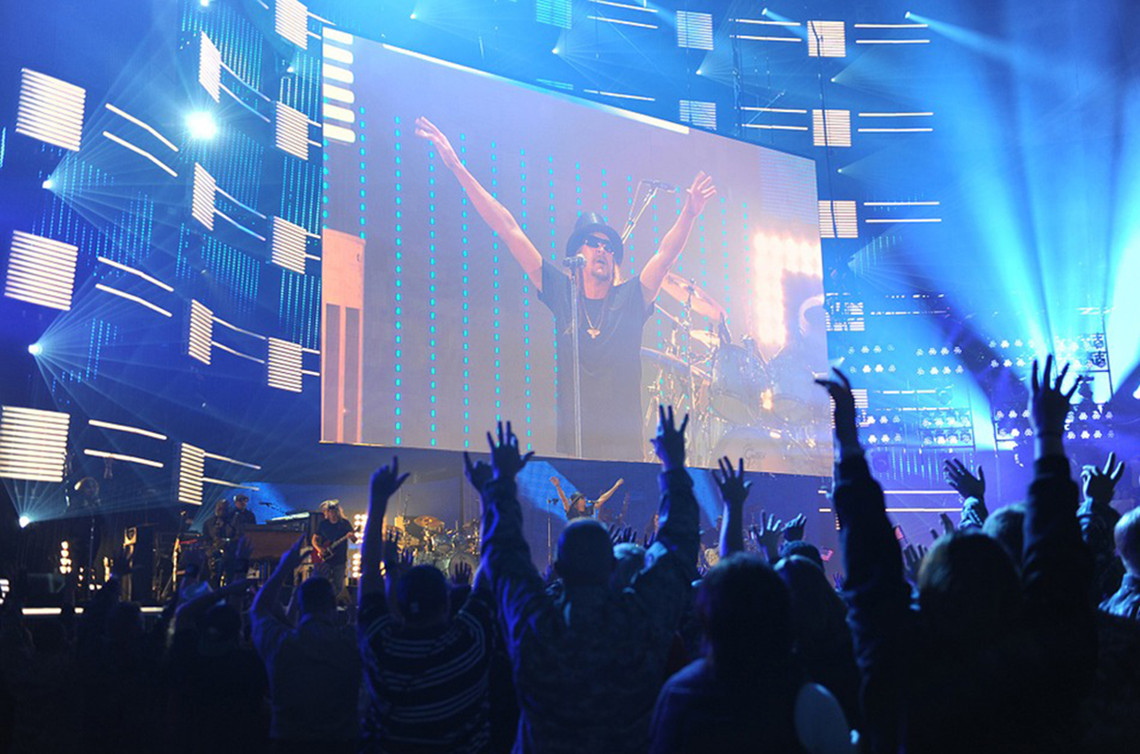![]()
EL-C1600N100013-B
![]()
Test - lowercase jpg
![]()
Kaixin micro test
![]()
Test probe P100-M3
(D) Ureteral Intubation Method: After the animal is anesthetized and secured on the operating table, the surgical area is shaved and disinfected. A 3–4 cm incision is made along the midline above the upper edge of the pubic symphysis. The abdominal wall and peritoneum are carefully opened to expose the bladder. The ureters are identified and gently separated from the posterior side of the bladder (bladder triangle). Near the bladder, both ureters are carefully dissected and passed through a ligature. A small oblique incision is made on the ureteral wall using ophthalmic scissors, and a thin plastic tube filled with physiological saline is inserted. The tube is secured with a suture. Urine should begin to flow out of the cannula—initially, it may be just saline. The other end of the tube is connected to a graduated container or a drip system to measure urine output. It’s important to keep the catheter active during use to avoid blockage. A warm, moist saline gauze should be placed over the incision and bladder to maintain hydration and prevent drying.
(5) Bladder Intubation Method: This method is similar to the ureteral approach but focuses on the bladder itself. Once the bladder is exposed, the neck is ligated with silk thread to prevent urine from flowing into the urethra. A small opening is made at the top of the bladder, avoiding major blood vessels, and a funnel-shaped device is inserted and secured with a purse-string suture. The funnel should be oriented toward the ureteral entrance. Care must be taken not to close the posterior wall of the bladder, which could obstruct the ureters. The lower end of the tube is connected to a graduated container for urine collection.
(6) Bladder Puncture Method: Following anesthesia, the animal is fixed on the operating table. The fur in the midline of the pubic symphysis is clipped, and the area is disinfected. A needle is inserted into the bladder. Once the skin is pierced, the needle is slightly adjusted to prevent leakage after puncture. This technique is useful when only a small amount of urine is needed.
(7) Cesarean Extraction Method: Similar to the puncture method, this technique requires a larger surgical field. Laparotomy is performed to expose the bladder. With the left hand, a non-toothed forceps gently lifts a portion of the bladder. The right hand then uses a needle to extract urine directly from the bladder where the forceps is clamped. Special care is taken to prevent the needle from sticking to the bladder wall, ensuring smooth urine extraction.
(8) Reflex Urination Method: This method is commonly used in mice. When the mouse is held by the tail, it often exhibits a strong bowel movement reflex, making it easier to collect a small amount of urine. By lifting the mouse, the urine can be collected directly into a graduated container without invasive procedures. This method is ideal when minimal intervention is required.
Indoor Rental Stage Event LED Screen
The LED Screen for professional indoor use has high-definition display effect. It is used for professional large-scale concerts, concert stages, various party activities, evening parties, band performances, etc. Good quality guarant with 2 year warranty, professional good after-sale service.
As Professional Manufacturer of LED Screen, we fouce on quality and provide very good price and warranty service.
Perfect well fit product for your indoor events solution, welcome to consult. Contact us to know more now!

Indoor Rental Stage Event Led Screen,Stage Events Led Display Panels,Music Concerts Stage Led Screen,Indoor Stage Rental
Guangzhou Cheng Wen Photoelectric Technology Co., Ltd. , https://www.cwdisplay.com
